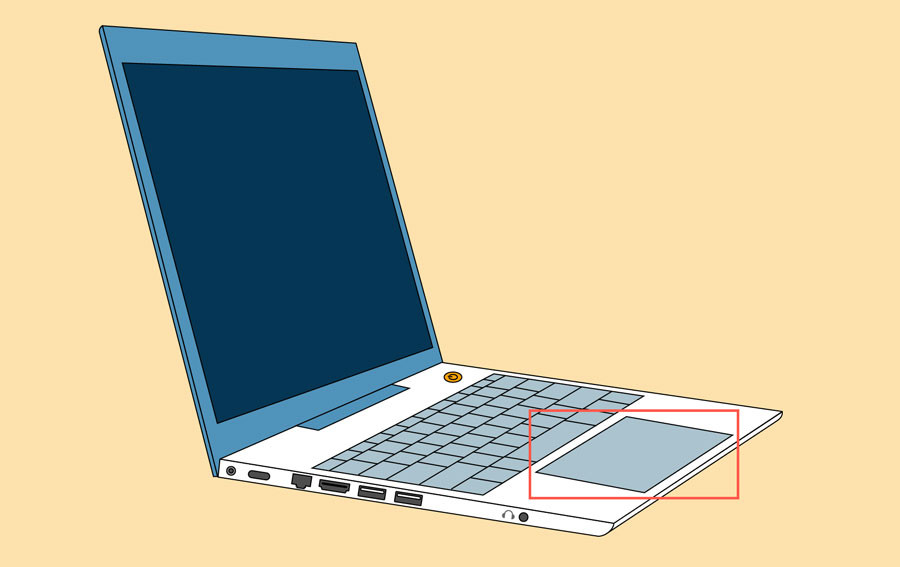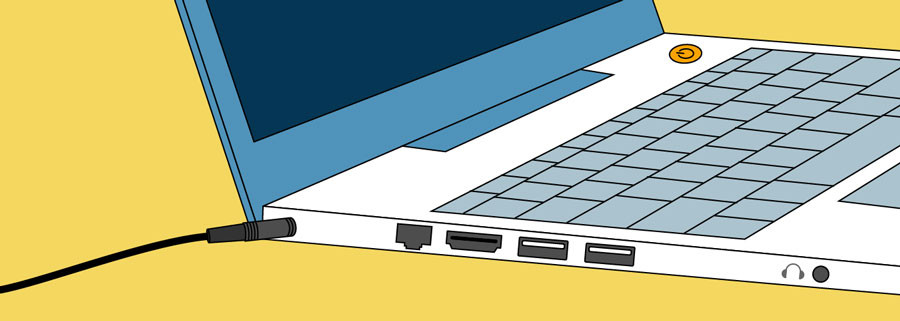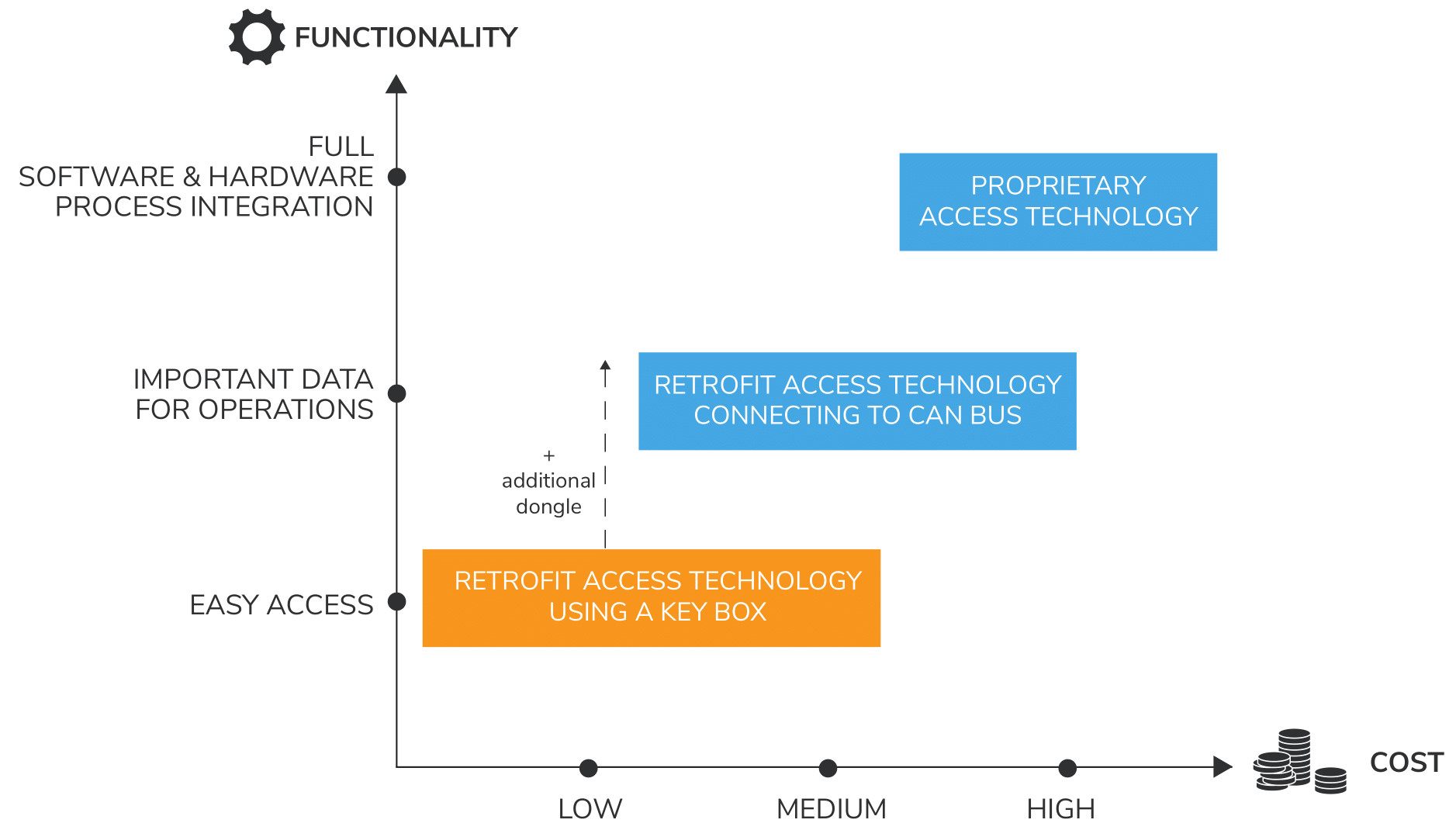What is a Laptop? Understanding Portable Computers

A laptop is a type of personal computer designed for portability. It’s engineered to be easily transported and used in various environments, from coffee shops to airplanes and homes. Laptops are also known as notebook computers due to their size, which is generally about the size of a notebook. Essentially, a laptop packs all the functionalities of a desktop computer into a single, mobile unit, allowing users to run the same software and work with the same types of files they would on a traditional desktop. While offering similar capabilities, it’s worth noting that laptops often come with a higher price tag compared to desktop computers with comparable specifications.
[Your browser does not support the video tag.]
Key Features of a Laptop Computer
The defining characteristic of a laptop is its all-in-one design, built specifically for mobile use. Unlike a desktop which requires separate components, a laptop integrates everything you need into a single device. This includes:
- Built-in Monitor: Laptops have an integrated screen, typically an LCD or LED display, eliminating the need for an external monitor.
- Integrated Keyboard: A fully functional keyboard is part of the laptop’s design, allowing for immediate text input.
- Touchpad: Laptops use a touchpad, also known as a trackpad, as the primary pointing device. This touch-sensitive surface allows you to control the cursor with finger movements, acting as a built-in mouse.
- Speakers: Integrated speakers provide audio output, enabling users to listen to sound and media without external speakers.
This all-inclusive design makes laptops fully operational right out of the box and significantly reduces cable clutter. However, laptops also offer flexibility. You can connect external peripherals like a traditional mouse, a larger monitor, or a full-sized keyboard if desired. Connecting these peripherals effectively transforms your laptop into a desktop-like setup when you are stationary, while retaining the option to easily disconnect and take your mobile workstation with you.
Laptops vs. Desktops: Key Differences Explained
While laptops and desktops share the core function of personal computing, their design philosophies lead to several key distinctions:
- Touchpad (Trackpad): As mentioned, the touchpad is a signature feature of laptops. It serves as the built-in mouse, allowing cursor control through finger gestures on a sensitive surface.
 Laptop Touchpad for navigation
Laptop Touchpad for navigationAlt Text: Close-up of a laptop touchpad showing the touch-sensitive surface and integrated buttons for cursor control, highlighting the convenience for mobile use.
- Battery Power: A crucial element of laptop design is the inclusion of a battery. This battery allows the laptop to operate without being plugged into a power outlet, providing true mobility. When connected to power, the battery automatically recharges. Furthermore, the battery acts as a backup power source, protecting against data loss during brief power outages.
- AC Adapter: Laptops utilize a specialized power supply unit called an AC adapter. This adapter is designed to convert AC power from a wall outlet to the DC power required by the laptop. AC adapters are typically specific to the laptop model and are essential for both powering and charging the device.
 Laptop AC Adapter for power supply
Laptop AC Adapter for power supplyAlt Text: Image of a laptop AC adapter connected to a laptop, illustrating how it provides power and recharges the battery, enabling portable operation.
- Ports and Connectivity: Laptops generally offer a range of ports similar to desktops, including USB ports for connecting peripherals. However, to maintain a slim profile and save space, laptops often feature fewer ports than their desktop counterparts. Additionally, some laptop ports might differ in type or require adapters to connect to certain devices.
- Price Considerations: Generally, laptops tend to be more expensive than desktop computers offering similar processing power and components. While budget-friendly laptops are available, they often represent a compromise in performance compared to similarly priced desktops. The added cost in laptops reflects the complexity of miniaturization and the inclusion of features like the battery and integrated display that contribute to portability.
Conclusion
In summary, a laptop is a portable personal computer that integrates all essential components into a single unit. Its key advantages lie in its mobility and convenience, allowing users to compute and work from virtually anywhere. While desktops may offer more raw power for the price, laptops provide an unparalleled level of flexibility for today’s on-the-go lifestyle, making them indispensable tools for many professionals and individuals alike.



